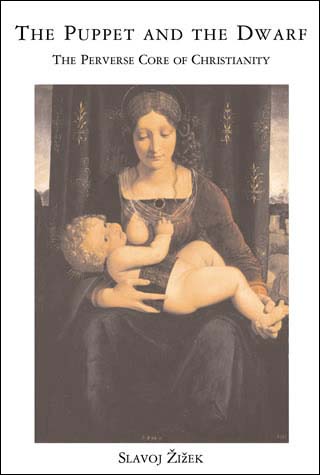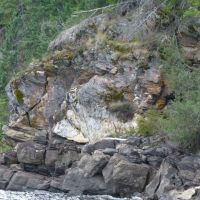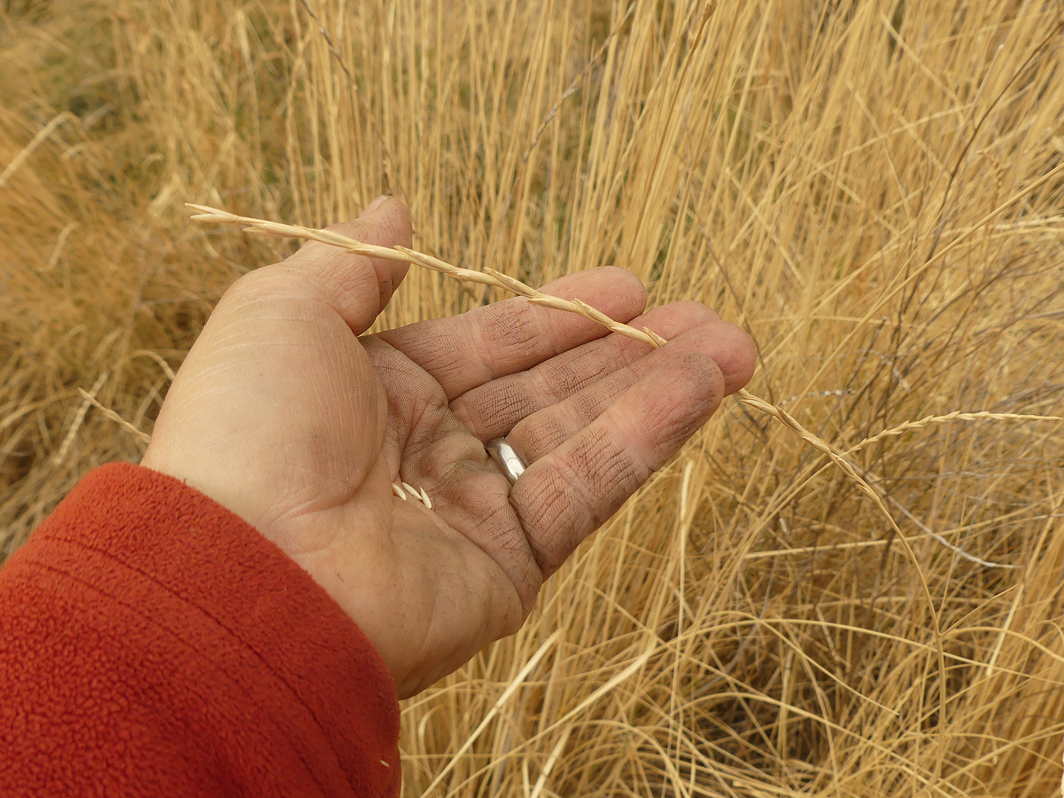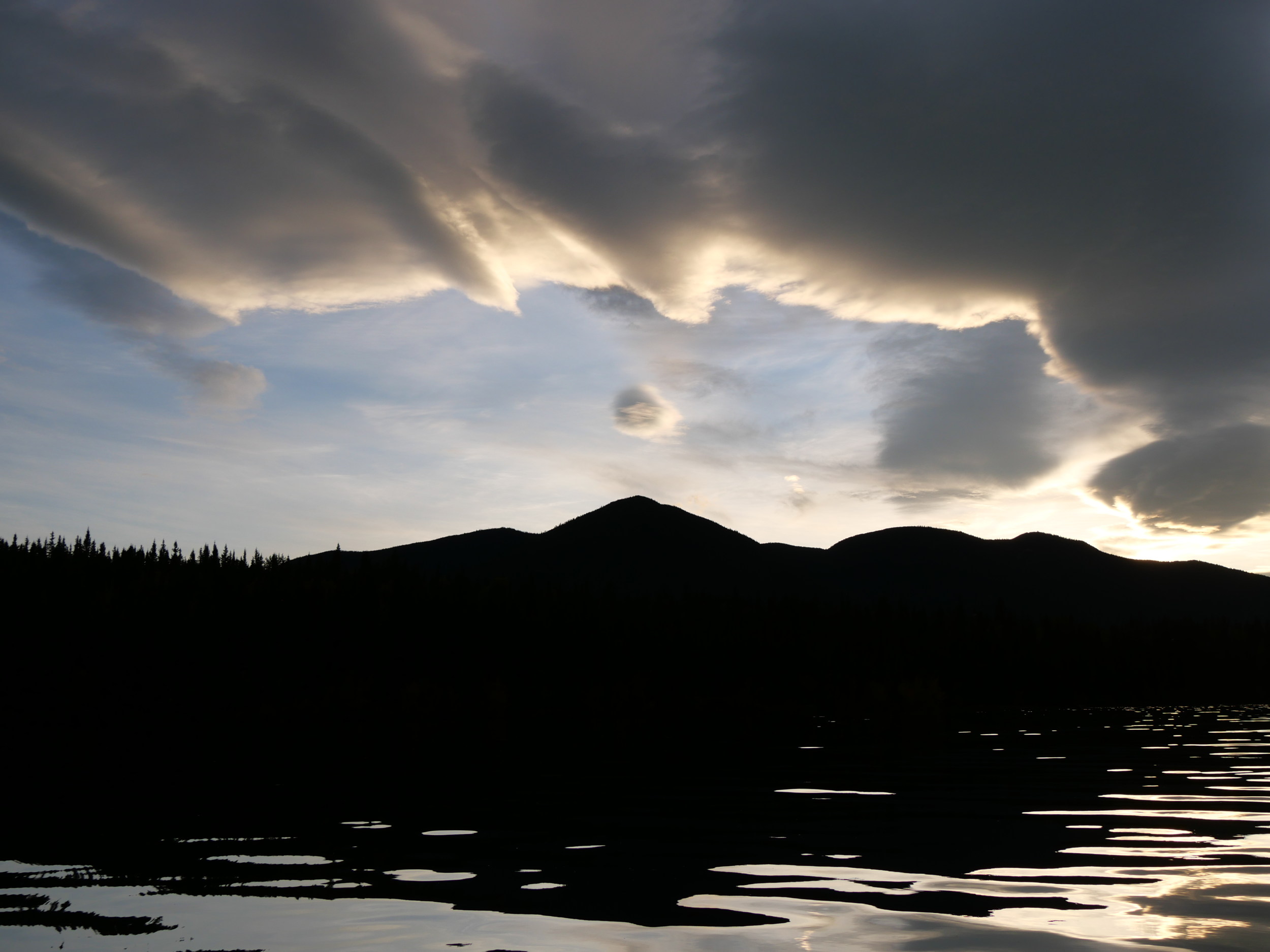Boundaries give focus. They’re also wildly frustrating.

Grey Canal Trail, Bella Vista Hills
A general human glance does not have boundaries like that. Neither, though, is a human glance — or human presence — like this:

Big Bar Ranch, 31.12.15
The same frustrating boundary appears. Human sight — and awareness — is not so clearly bounded. What about the following, then, not a photograph but a painting, a landscape?

The Avenue at Middelharnis, Meindert Hobbema 1689 Source
No. That doesn’t do it, either, but it’s clever, let’s admit that. A landscape, a landschaft, is a created environment, an artificial garden, invented in English country houses…

Estate Near Evenley, UK
The low wall is called a ha ha. From the house it is invisible, but it keeps the sheep down on the field where they can’t do their sheep thing on the shrubberies near the house but can still give a fine view of wealth. Here’s the view out from the house. See? No ha ha.

It’s not just decorative, but highly symbolic. The trees are carefully planted, in symbolic patterns, in balance with sight lines, sky and water.

Bolton Abbey, Yorkshire
On the estate of the Duke and Duchess of Devonshire. Note the windmills in back to pay for all this. Note as well the oaks as carefully planted as elements in a painting, symbols of nationalism leading up into the sky. Not an accident.
The idea was taken up with aplomb in Europe thereafter. After that, painters took it up: a revolutionary idea; the theft of the aristocratic right to turn the land into a poem and its dissemination to all through the gift of sight alone. Fiery politics, that.

Landscape With a Couple Alone at Sunset, Cornelis Lieste, date unknown (mid 19th century)
Staring straight into the sun? Not an accident.
Little differentiates this from the country estates shown above, except that the whole country is now the estate of the entire people. Or so it seems. Actually, the country presented is artificial and the people present are just to draw the eye, like a ha ha’s sheep. Still, we’ll get back to them. First, a closer view of figures are doing in landscape. Here’s Caspar David Friedrich’s take:

Caspar David Friedrich, The Monk at the Sea, c. 1808-1810 Source
In this romantic view, the landscape is so large and powerful that it completely dwarfs the human figure. The presence of the human figure provides a reference point for the recalculation of rather abstract image of nature. It’s as if viewers, you and I, for example, are viewing the human figure with the eyes of nature, while at the same time inhabiting the figure, because, as humans, that’s what we do. It’s part of being conscious.
Despite this trick, the image is still bounded. It still has, so to speak, its ha ha. It still has this:

The Barbed Wire Fence: Military Technology at Home on the Range
This is the new country estate: privately owned, fenced to keep cattle in and people out, and ecologically trashed.
All of these images have a root in pre-modern landscape, in which the earth was symbolic and narrative was created by the observer. In this conception of time and space, there was no time and space.

Lucas Cranach the Elder, Paradise, 1530
Note that Adam does not say “She did it.” He takes the responsibility for eating the apple from the tree of knowledge (in behind) onto himself, as bound to her, not to God’s dictates. Of course, he had to do so, and he had to take the apple from Eve, because he was made in God’s image. That kind of thing goes straight through a person. And an image? Well, the Garden was God. The revolution here was difference and separation.
There is, of course, an observer. If there weren’t, the image would look a little like this:

Mind you, that’s just a trick, because without an observer there would be nothing, and we wouldn’t even be having this conversation. We wouldn’t even be a we. Splitting hairs? No, not really. Take another look at the painting …

See that? Christ, the third part of the Trinity, is missing. He is about to be created, though, by God, through the banishment of Adam and Eve to the world. In that narrative, Adam (or, if we’re following temporal narratives, one of his descendants) will eventually end up here, raised up mockingly into the sky above a hill of skulls.
 Lucas Cranach the Elder, Crucifixion, 1532
Lucas Cranach the Elder, Crucifixion, 1532
In other words, in a world read as time and space, timelessness (Adam in Paradise) dies. That was Adam’s choice, too: to live not for himself, but through his descendants. Adam did not blame the expulsion from Paradise on Eve. This sense of honour negates his death, because it embodies the image of God.
Don’t take it from me, though. Let’s go to the source:
Beloved, let us love one another: for love is of God; and every one that loveth is born of God, and knoweth God. He that loveth not knoweth not God; for God is love. John 1: 4.
As I said, Adam had no choice. Eve it was. And that living for one’s descendants? Ah, that was also God.

The Creation of Adam, MIchael Angelo, c. 1511
Still, the crucifixion, eh. Like Michael Angelo’s Sistine Chapel ceiling centred around God and Adam…

…for an action that takes place on the earth, Cranach’s crucifixion …

…is remarkably empty of earth and spectacularly crowded with (very symbolic) people, including Mary Magdalene kneeling at the foot of the cross, and reappearing as St. Katherine in her martyrdom, kneeling again and at peace now:

Watch that feminine gaze, from Mary Magdalene looking up to Jesus on the Cross, to St. Katherine looking out of this image, to Mary looking down to God and God looking up to her, Eve gets gets a similar (but more loving) role to Adam’s, in that her heart, that love that is God, materializes within her live in the world, giving her forgiveness and grace instead of separation, and a chance not to kneel but to take God’s place on earth and look down at her new Adam (Christ)…

Lucas Cranach the Elder, Virgin and Child, 1516
Folds within folds within folds. Modern popular imagination holds that these ancient icons no longer have force in the identity of individuals, and no longer provide identity narratives for viewers. The imagination of the slovakian marxist cultural critic an philosopher Slavoj Žižek, however, …

… who argues in this book …

Mary and Son Again! Note how he turns away from the breast to be seen.
…that the separation between humans and world within Christian faith is the single most important point in history, because it creates poles which can be reunited with activity, holds that this form of directionality is very much a part of contemporary human consciousness, and look…

the boundaries are there, built right into the art of photography, and the way in which it denies context, which must only be constructed by an exterior, viewing and contemplating intelligence, which is separate from the act of viewing and heavily influenced by the structural forms of the technology. There is no difference between what this camera sees and this…

… or this …

or this …

or this:

Protest however we like, the story hasn’t changed, and if it hasn’t changed, then definitions of the self in modern psychology, such as the humanist psychology of Abraham Maslow …
 … who defined creativity like this …
… who defined creativity like this …
It looks as if there were a single ultimate goal for mankind, a far goal toward which all persons strive. This is called variously by different authors self-actualization, self-realization, integration, psychological health, individuation, autonomy, creativity, productivity, but they all agree that this amounts to realizing the potentialities of the person, that is to say, becoming fully human, everything that person can be. Source
Like Cranach’s crucifixion, there is no earth in that picture, only the self, only the boundary around this image and the choices inherent in making it:

It is ultimately not five aspen stalks in a copse, one dead, but a choice. All of this activity has profound consequences for the physical world, because, somewhere, outside of all this artistry and technology there are five aspens stalks in a copse, one dead, and that, too, is part of the self, although represented only peripherally in this entire tradition. The consequences for landscape and creativity are profound, because both Maslow’s and Žižek’s conceptions of creativity are focussed on their actualization within the mechanisms of human consciousness. These are profound legacies of a long spiritual tradition. They inhabit contemporary science, psychology, and art, and they got there through the window of the development of science in the 18th century. If we’re going to save this planet, we have to deal with this tradition, so, let’s talk about that tomorrow, ok? Till then, a few more stalks of that aspen copse, but this time in summer …














